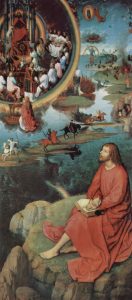ANDREW OF CAESAREA:
Through this passage it is shown that the angels not only induce the worst plagues but also act as physicians, at one time cutting and at another time applying healing medications. For he who once brought on a plague to those who deserved it, now shows to the saint the beatitude of the church. And fittingly does he call the bride the “wife” of the Lamb. For when Christ was slaughtered as a lamb, he at that time betrothed [the church] with his own blood. For just as when Adam was sleeping, the woman was formed through the taking of the rib, so also the church, formed through the shedding of blood from the side of Christ as he was sleeping voluntarily on the cross through death, was united with him who suffered for us.


